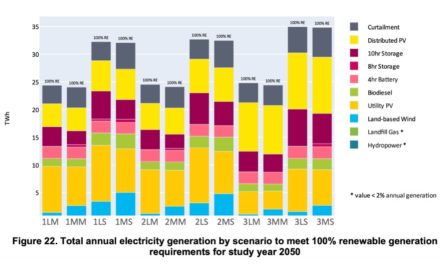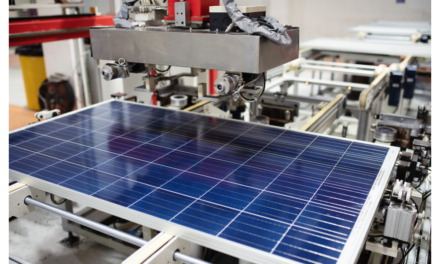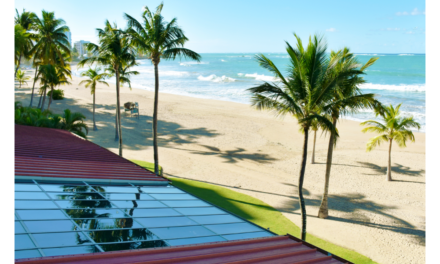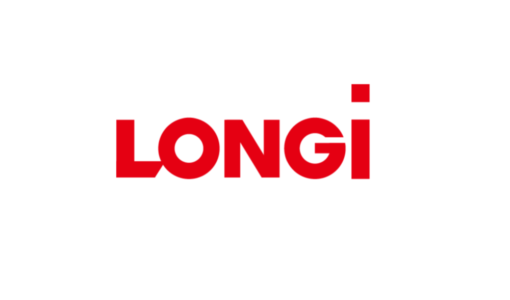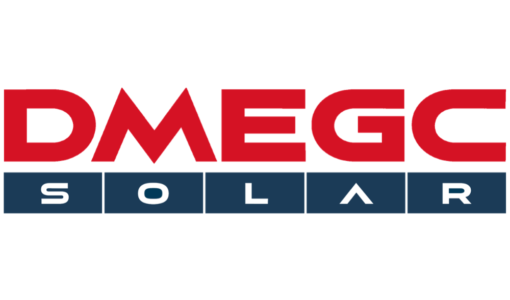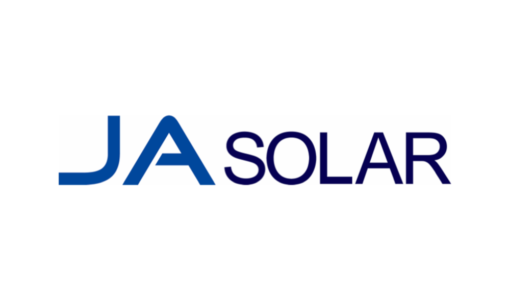- NREL’s PR100 study claims it is possible for Puerto Rico to achieve 100% renewable energy target by 2050
- Utility-scale PV deployment on non-agricultural land alone has the potential to help it meet the total annual electric load
- Distributed PV has a significant role to play to ensure target achievement while providing grid resilience
- Grid upgrades and addition of storage at a large scale are prerequisites for it to achieve the aim
Puerto Rico can achieve its 100% renewable energy goal by 2050 with utility-scale PV deployment on non-agricultural land sufficient to meet the total annual electric load. Achieving the target will not require any technological breakthroughs, according to the National Renewable Energy Laboratory (NREL).
In its 2-year Puerto Rico Grid Resilience and Transitions to 100% Renewable Energy (PR100) study, NREL analyzed possible pathways for Puerto Rico to achieve its renewable energy goals.
Vulnerable to hurricanes and tropical storms, 80% of Puerto Rico’s grid was lost in 2017 with back-to-back hurricanes. Post that, the region committed to expand the share of renewable energy in its total power mix to 40% by 2025, 60% by 2040 and 100% by 2050, while phasing out coal by 2028 (see Puerto Rico Governor Signs 100% RE Bill Into Law).
At present, its power system is fragile, underperforming and under-invested. In mid-2023, renewable energy share in its energy mix had reached only 3% to 5% with a total utility-scale capacity of 226 MW as of October 2023.
According to the study, to achieve its 40% interim target of 2025 with the help of utility-scale PV, Puerto Rico will need to add 3 GW of additional renewable energy capacity, along with close to 700 MW/4-hour duration utility-scale batteries, 260 MW to 400 MW of long-duration storage and 170 MW to 340 MW of land-based wind.
The authors call distributed PV an essential building block to reach 100% penetration and overcome resilience challenges for the region’s grid. Its installed capacity has steadily increased from 228 MW in June 2021 to 680 MW in October 2023.
In the PR100 study, the NREL has identified 3 possible pathways or scenarios as viable for a future and resilient energy system. These include: distributed solar and storage based on financial savings under the economic scenario; these 2 technologies are extended to include remote and low- and moderate-income households and municipalities under the equitable scenario; and rooftop solar and storage to all suitable rooftops to meet critical loads under the maximum scenario.
In the study, NREL claims that the technical potential of mature technologies such as utility-scale PV, distributed PV and land-based wind is sufficient to achieve Puerto Rico’s renewable energy goals. Emerging technologies may further diversify the technology mix in the future.
Additionally, the study has identified the need for over 1.3 GW of biodiesel generation to contribute as a dispatchable asset that provides flexibility to a highly renewable system.
“The future energy system in Puerto Rico can be affordable for the most vulnerable customers, resilient for the most remote communities, obliging of land-use interests, and supportive of distributed and local ownership. It can recover quickly from outages and stand up to the hardest storm surges—and could become a model of successful renewable energy integration for other islands and energy burdened areas,” says the NREL.
Future course
NREL analysts recommend a series of helpful measures for the policymakers to achieve near-term (40% renewable energy), mid-term (40% to 60% renewables), and long-term (approaching 100% renewables mix) phase of implementation.
Long-duration energy storage is one of the focus areas in this endeavor, along with system upgrades and operational changes to mitigate congestion issues for renewable energy penetration.
They also want the utility grid operators, energy regulators along with customers and communities to leverage system interoperability between loads such as increased electric vehicle adoptions and variable generation.
The complete report is available on NREL’s website for free download.


